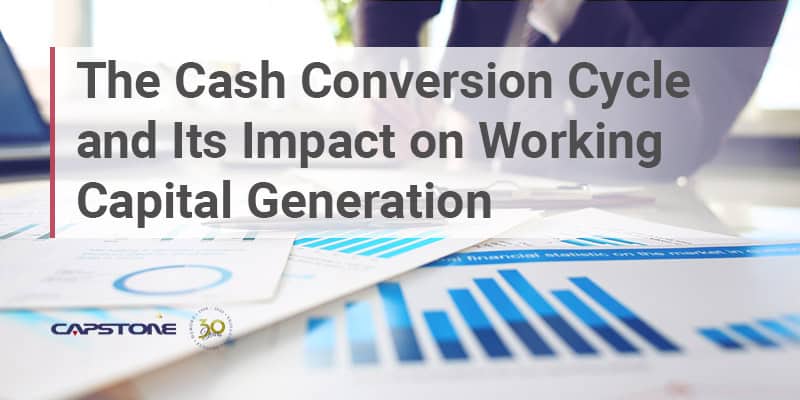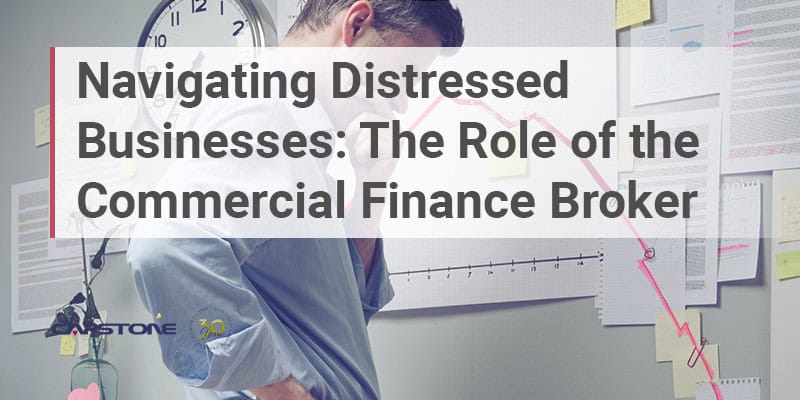Purchase order (PO) Financing and invoice factoring are two financial strategies that businesses can use to purchase inventory or materials and accelerate the conversion of accounts receivable into cash. With so many financial products out there, it is easy for people to be confused about these financing tools, how they work, and their advantages.
The two strategies are closely related but they are distinct. Helping business owners understand the difference will allow them to be paired with the right financial strategy and will also make them more comfortable using these financial tools.
What PO Financing and Invoice Factoring Are Used For
PO financing (aka purchase order funding) and invoice factoring are both used to address cash flow issues and provide working capital, but they are utilized at different stages in a transaction cycle.
PO financing is used to purchase inventory, materials, or other resources related to specific purchase orders or contracts. It provides funding to a business’s vendors or suppliers so they may fulfill an order or get started/ complete a project.
Frequently, small and medium-sized businesses are unable to obtain credit from suppliers or a loan from a bank to purchase inventory or materials due to varying circumstances. It is important to note that in certain instances where the supplier is located outside the U.S., a letter of credit is usually required. PO financing provides businesses with the ability to fulfill orders as well as perform work BEFORE they’ve invoiced and received payment for the invoices. In essence, it’s an advance against the funds a business expects to receive once their customer’s invoice is paid and is meant to cover the cost of goods sold.
Invoice factoring, on the other hand, is a financial tool that businesses use to accelerate cash flow by selling their unpaid invoices for a completed order or project to a factor company at a discount. Businesses receive cash immediately for their unpaid invoices instead of waiting for their customers to pay. This funding can then be used for things such as payroll, operating expenses, growing the business, moving on to the next contract or project, etc.
How PO Financing Works
Invoice factoring can be used by itself to accelerate cash flow without also using PO financing. However, when PO financing is used, invoice factoring is also used to complete the financing transaction.
The steps in a PO financing transaction include:
- Client receives an order or enters into a contract with their customer.
- Client forwards the purchase order to their supplier and the supplier provides an estimate of the cost to fill the purchase order. In cases when the client enters into a contract for a service or project, the client obtains estimates for materials or other resources from the respective vendors.
- Based upon the need for funding, the client enters into an agreement with a factor company to fund the purchase of inventory, materials, or other resources for the specific purchase order or contract.
- The factor pays the supplier/ vendor through cash proceeds (or with a letter of credit if the supplier/ vendor is located outside of the U.S.), and the client takes delivery of the inventory or materials. The proceeds may cover up to 100% of the cost however the client may have to pay out of pocket to make up any difference.
- Client completes and ships the customer order, or performs the work contracted for and invoices the customer.
- Client assigns the invoice for the completed order or services to the factor. The factor purchases the invoice once the validity of the receivable is verified and makes a partial advance on it first deducting the supplier/vendor payment and fees.
- Once the related balance under the PO financing facility is retired, the client is then eligible to receive the remainder of the factor advance amount depending on the terms of the factoring agreement.
- Client’s customer will remit payment for the invoice directly to the factor.
- The factor receives payment on the invoice from the client’s customer and deducts the factoring advance as well as factoring fees, and remits the balance to the client.
How Invoice Factoring Works
The steps in an invoice factoring transaction include:
- Client enters into an agreement with a factor company.
- Client completes and ships the customer order, or performs the work contracted for and invoices the customer.
- Client assigns the invoice for the completed order or service to the factor. The factor purchases the invoice once the validity of the receivable is verified and makes an advance to the client depending on the terms of the factoring agreement.
- Client’s customer will remit payment for the invoice directly to the factor.
- The factor receives payment on the invoice from the client’s customer, deducts the factoring advance amount and factoring fees, and remits the balance to the client.
Advantages of PO Financing
PO financing allows business owners to increase the necessary working capital required to boost sales, increase product or service offerings, and allows the business to gain the edge over the competition.
PO financing is more accessible to obtain than a bank loan and may be easier to qualify. The credit underwriting decision is based on the financial strength of the client’s customer, unlike a bank that uses the business’s credit profile regardless of the income and cash flow that will result from fulfilling a firm purchase order or contract.
This is particularly important in light of the Federal Reserve’s change to a tight monetary policy, and the possibility that it might induce a recession. In this environment, bank credit requirements are tightened. Banks favor large customers and have a tendency to reduce credit exposure to small and medium-size customers.
PO financing may sometimes cover up to 100% of the supplies, inventory, or resources needed to get started/ complete a project or an order. All the while without using credit available under existing lines of credit. It also enables clients to pursue business opportunities, which they might not otherwise be able to do because of insufficient working capital financing, and it can also be a stepping stone to developing a relationship with a supplier that leads to open-account terms.
Advantages of Invoice Factoring
Invoice factoring helps to accelerate cash flow by converting accounts receivable to immediate cash. Clients will not have to wait 60+ days for their customers to pay an invoice. Having access to those funds increases cash flow and reduces the need to draw down on availability under existing lines of credit.
An invoice factoring facility is also easier to obtain than a bank loan, and the credit decision is based on the financial strength of the client’s customer, not the client. Invoice factoring facilities are more flexible to use than bank loans. In addition, they can be custom-tailored to fit within a business model.
———-
While PO financing and invoice factoring are both designed to provide solutions to a business’s working capital needs, the key points to consider are the timing of when the funds are needed in the transaction cycle and the use of funds. Understanding the differences will help pair the right financial strategy with the right type of business.






